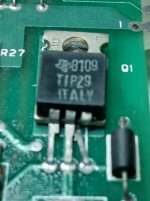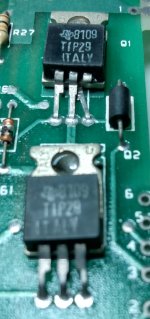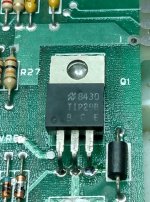WimWalther
Experienced Member
Sure. But oxidation won't prevent a modern hi-Z DMM from detecting the presence of low-Z voltage on the pins, particularly if your probes are sharp.I keep hearing over and over again that the contact 'fingers' on the datasette connections become really heavily oxidised over time ..



